family crests 家紋

[Family Crests] Left-rotating Mitsu-domoe Classic Round Sticker
This ancient pattern, also found in Jōmon period sites, is generally believed to represent thunder. The term “mitsudomoe” specifically refers to this left-rotat

[Family Crests] Left-rotating Mitsu-domoe Button
This ancient pattern, also found in Jōmon period sites, is generally believed to represent thunder. The term “mitsudomoe” specifically refers to this left-rotat

[Family Crests] 16 petals chrysanthemum with round Classic Round Sticker
This family crest features a chrysanthemum with sixteen petals surrounded by lines of standard thickness. Flowers symbol and graphics at old age.

[Family Crests] 16 petals chrysanthemum with round Button
This family crest features a chrysanthemum with sixteen petals surrounded by lines of standard thickness. Flowers symbol and graphics at old age.

[Family Crests] back-side 16 petals chrysanthemum Classic Round Sticker
This family crest depicts a chrysanthemum with sixteen petals drawn from the reverse side. Flowers symbol and graphics at old age.
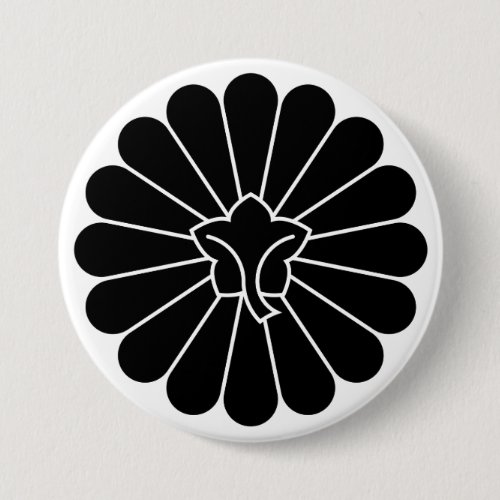
[Family Crests] back-side 16 petals chrysanthemum Button
This family crest depicts a chrysanthemum with sixteen petals drawn from the reverse side. Flowers symbol and graphics at old age.

[Family Crests] Genji clan wheel Classic Round Sticker
Flowers symbol and graphics at old age. A family crest inspired by the imperial palanquin of old.

[Family Crests] Genji clan wheel Button
Flowers symbol and graphics at old age. A family crest inspired by the imperial palanquin of old.

[Family Crests] Deformed Kaji leaf Classic Round Sticker
This family crest depicts a kaji leaf with a deformed petiole. Such logo-like designs are called “Kamon” in Japan.

[Family Crests] Deformed Kaji leaf Button
This family crest depicts a kaji leaf with a deformed petiole. Such logo-like designs are called “Kamon” in Japan.

[Family Crests] Gentian Flowers and Bamboo Classic Round Sticker
Flowers symbol and graphics at old age. This family crest depicts five bamboo-like leaves spread downward, with three gentian flowers drawn above them.

[Family Crests] Gentian Flowers and Bamboo Button
Flowers symbol and graphics at old age. This family crest depicts five bamboo-like leaves spread downward, with three gentian flowers drawn above them.

[Family Crests] Oni Kaji leaf Classic Round Sticker
This family crest features a kaji leaf pattern slightly different from the standard design, with pointed edges around the leaf. Such logo-like designs are calle

[Family Crests] Oni Kaji leaf Button
This family crest features a kaji leaf pattern slightly different from the standard design, with pointed edges around the leaf. Such logo-like designs are calle

[Family Crests] Kaji leaf with circle Classic Round Sticker
This family crest features a circle drawn around a pattern of kaji leaves. Such logo-like designs are called “Kamon” in Japan.

[Family Crests] Kaji leaf with circle Button
This family crest features a circle drawn around a pattern of kaji leaves. Such logo-like designs are called “Kamon” in Japan.

[Family Crests] Rising wisteria with circle Classic Round Sticker
it's said MaruniAgarifuji, in Japanese as Family crests. Flowers symbol and graphics at old age.

[Family Crests] Rising wisteria with circle Button
it's said MaruniAgarifuji, in Japanese as Family crests. Flowers symbol and graphics at old age.
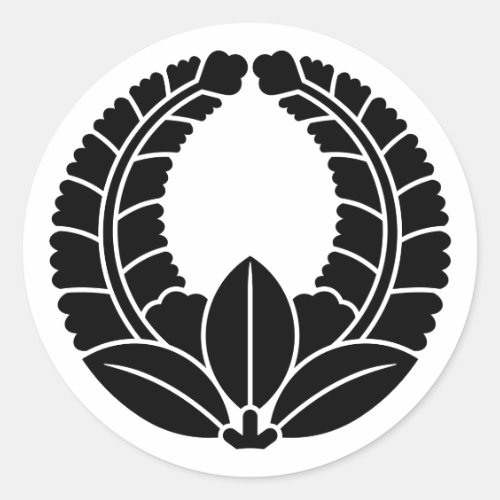
[Family Crests] Rising wisteria Classic Round Sticker
it's said Agarifuji, in Japanese as Family crests. Flowers symbol and graphics at old age.

[Family Crests] Rising wisteria Button
it's said Agarifuji, in Japanese as Family crests. Flowers symbol and graphics at old age.

[Family Crests] Orthodox wisteria Classic Round Sticker
it's said Sagarifuji, in Japanese as Family crests. Flowers symbol and graphics at old age.

[Family Crests] Orthodox wisteria Button
it's said Sagarifuji, in Japanese as Family crests. Flowers symbol and graphics at old age.

[Family Crests] Plum blossom Classic Round Sticker
Flowers symbol and graphics at old age. The white family crest is hidden. Click the “Edit this design” button to display the white family crest, hide the black

[Family Crests] Plum blossom Button
Flowers symbol and graphics at old age. The white family crest is hidden. Click the “Edit this design” button to display the white family crest, hide the black

[Family Crests] Kikyo flower inside a circle Classic Round Sticker
Japanese says "Kamon". Kikyo(bellflower) was used as a "flower fortune-telling the good and bad". It is also considered to be one of the rep

[Family Crests] Kikyo flower inside a circle Button
Japanese says "Kamon". Kikyo(bellflower) was used as a "flower fortune-telling the good and bad". It is also considered to be one of the rep

[Family Crests] Decorated Plum Flower Classic Round Sticker
Flowers symbol and graphics at old age. The white family crest is hidden. Click the “Edit this design” button to display the white family crest, hide the black
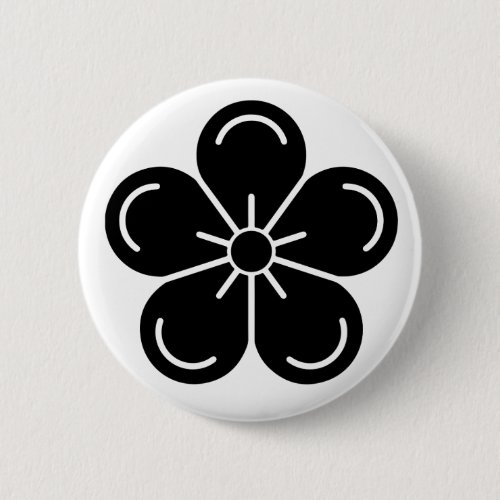
[Family Crests] Decorated Plum Flower Button
Flowers symbol and graphics at old age. The white family crest is hidden. Click the “Edit this design” button to display the white family crest, hide the black
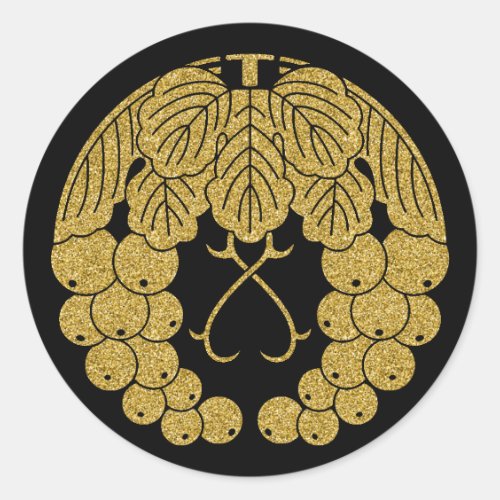
[Family Crests] Two grapes Classic Round Sticker
Family crests is "Kamon" in Japanese said. The grape crest is a very rare pattern that came from the continent.
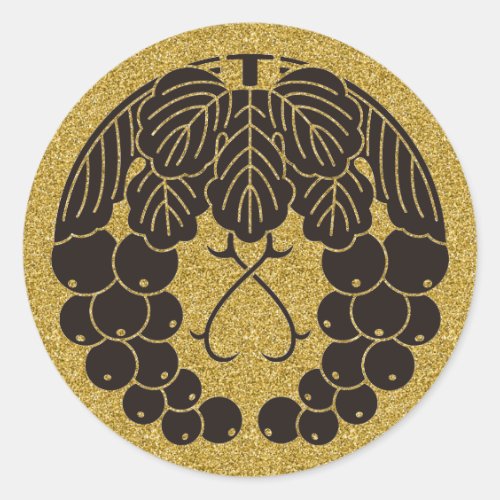
[Family Crests] Two grapes Classic Round Sticker
Family crests is "Kamon" in Japanese said. The grape crest is a very rare pattern that came from the continent.
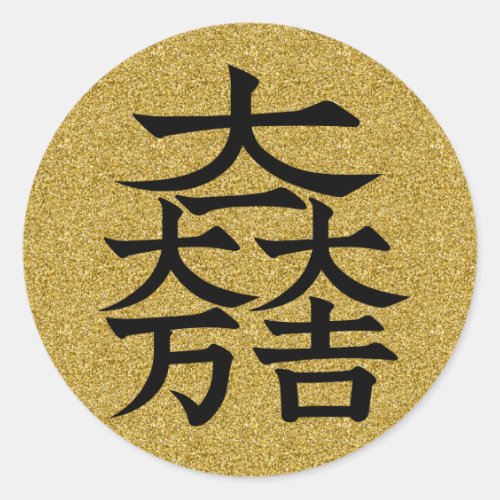
[Family Crests] Ishida Mitsunari flag symbol Classic Round Sticker
Japanese says "Kamon". It is a Kanji characters symbol that was raised as a war flag by a military commander named Mitsunari Ishida during the Warring

[Family Crests] Ishida Mitsunari flag symbol Round Classic Round Sticker
Japanese says "Kamon". It is a Kanji characters symbol that was raised as a war flag by a military commander named Mitsunari Ishida during the Warring
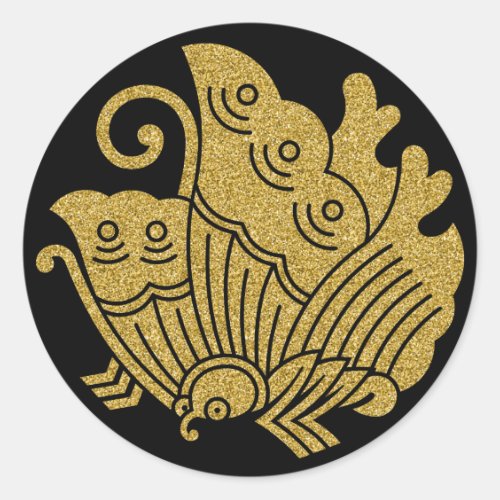
[Family Crests] Swallowtail butterfly Sticker
Japanese says "Kamon". It is a crest used by "Tairano Kiyomori", the lord of the Heike clan.

[Family Crests] Swallowtail butterfly Classic Round Sticker
Japanese says "Kamon". It is a crest used by "Tairano Kiyomori", the lord of the Heike clan.

[Family Crests] Paulownia 5-7kiri Sticker
Japanese says "Kamon". This is the famous family crest of Japan.

[Family Crests] Paulownia 5-7kiri Classic Round Sticker
Japanese says "Kamon". This is the famous family crest of Japan.
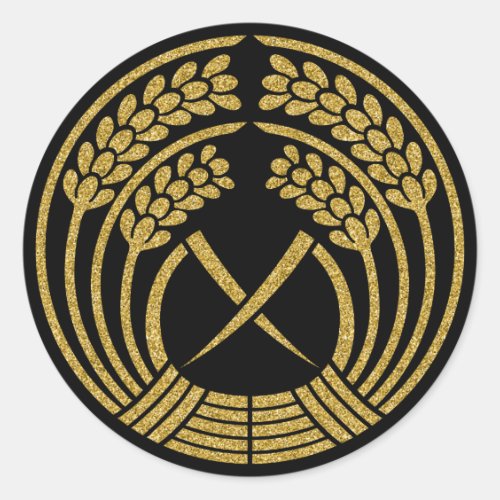
[Family Crests] Hugging rice ear Classic Round Sticker
Japanese says "Kamon". Hugging rice ear for Kamon. Nature plants symbol and graphics at old age for Japanese family.
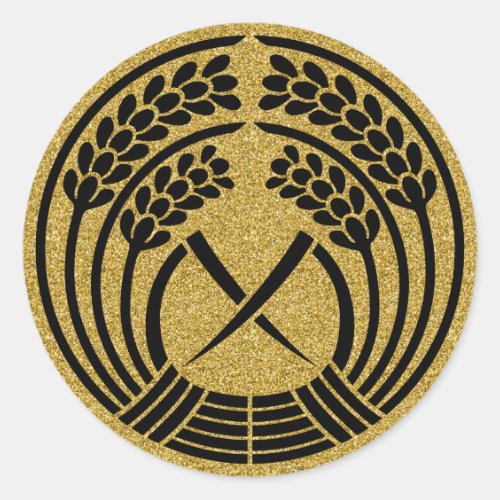
[Family Crests] Hugging rice ear Classic Round Sticker
Japanese says "Kamon". Hugging rice ear for Kamon. Nature plants symbol and graphics at old age for Japanese family.
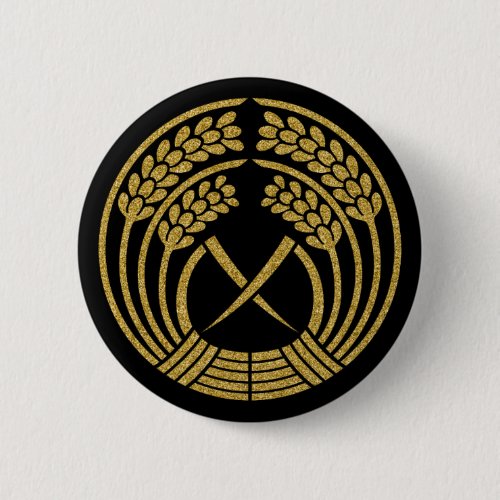
[Family Crests] Hugging rice ear Button
Japanese says "Kamon". Hugging rice ear for Kamon. Nature plants symbol and graphics at old age for Japanese family.

[Family Crests] Hugging rice ear Round Button
Japanese says "Kamon". Hugging rice ear for Kamon. Nature plants symbol and graphics at old age for Japanese family.

[Family Crests] Takeda-bishi Classic Round Sticke Classic Round Sticker
Japanese says "Kamon". This is the famous family crest of Takeda Shingen.

[Family Crests] Takeda-bishi green Classic Round Sticker
Japanese says "Kamon". This is the famous family crest of Takeda Shingen.
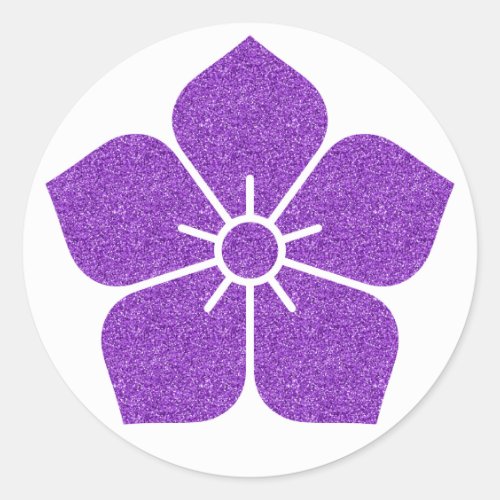
[Family Crests] Kikyo flower Button Classic Round Sticker
Japanese says "Kamon". Kikyo(bellflower) was used as a "flower fortune-telling the good and bad". It is also considered to be one of the rep
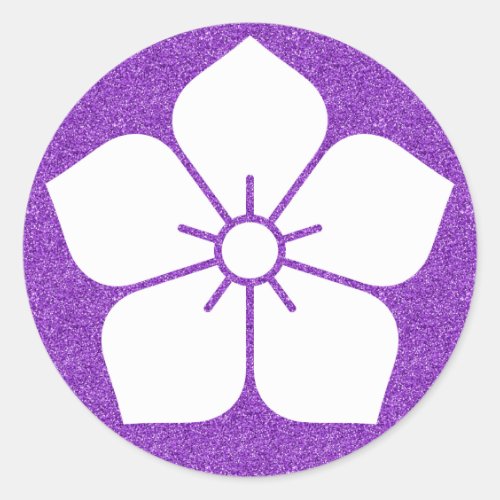
[Family Crests] White Kikyo flower Button Classic Round Sticker
Japanese says "Kamon". Kikyo(bellflower) was used as a "flower fortune-telling the good and bad". It is also considered to be one of the rep
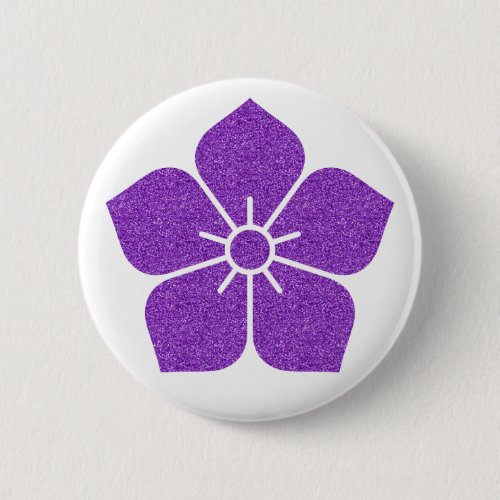
[Family Crests] Kikyo flower Button
Japanese says "Kamon". Kikyo(bellflower) was used as a "flower fortune-telling the good and bad". It is also considered to be one of the rep
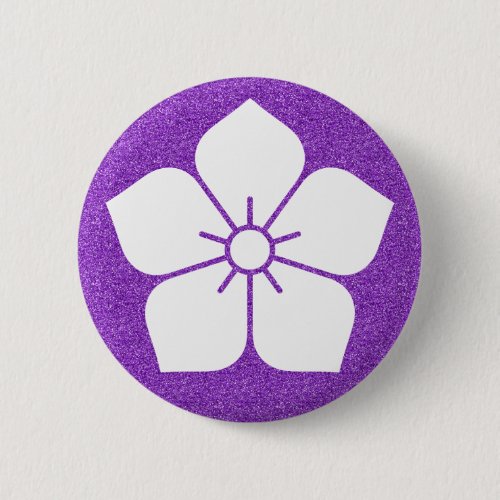
[Family Crests] White Kikyo flower Button
Japanese says "Kamon". Kikyo(bellflower) was used as a "flower fortune-telling the good and bad". It is also considered to be one of the rep
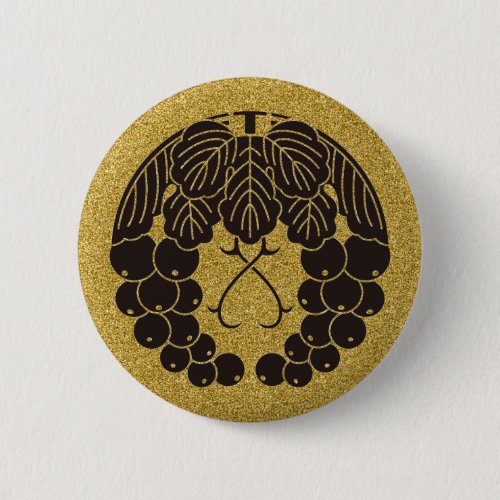
[Family Crests] Two grapes Round Button
Japanese says "Kamon". The grape crest is a very rare pattern that came from the continent.
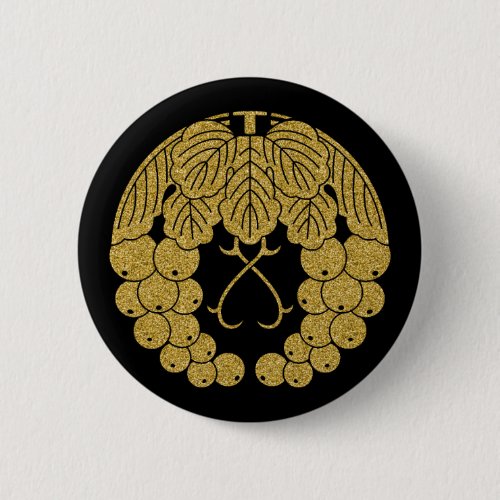
[Family Crests] Two grapes Button
Japanese says "Kamon". The grape crest is a very rare pattern that came from the continent.
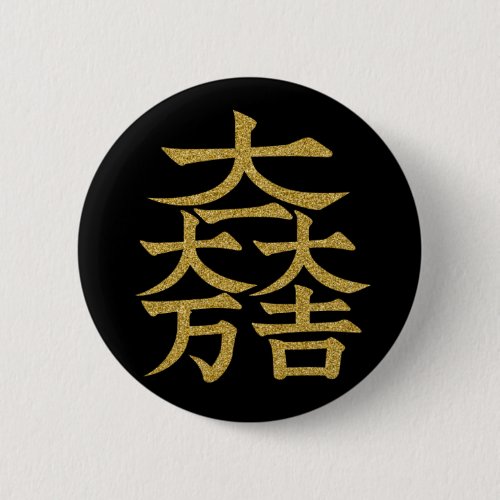
[Family Crests] Ishida Mitsunari flag symbol Round Button
Japanese says "Kamon". It is a Kanji characters symbol that was raised as a war flag by a military commander named Mitsunari Ishida during the Warring
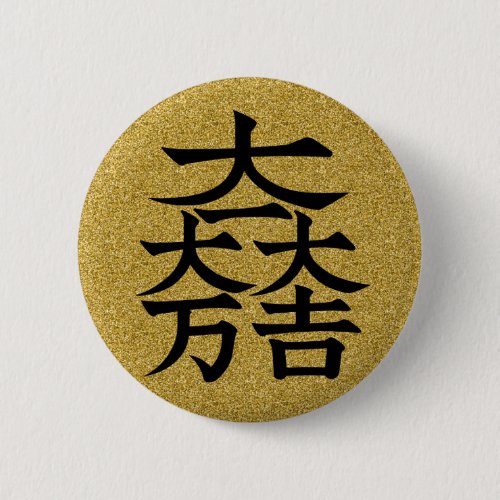
[Family Crests] Ishida Mitsunari flag symbol Button
Japanese says "Kamon". It is a Kanji characters symbol that was raised as a war flag by a military commander named Mitsunari Ishida during the Warring
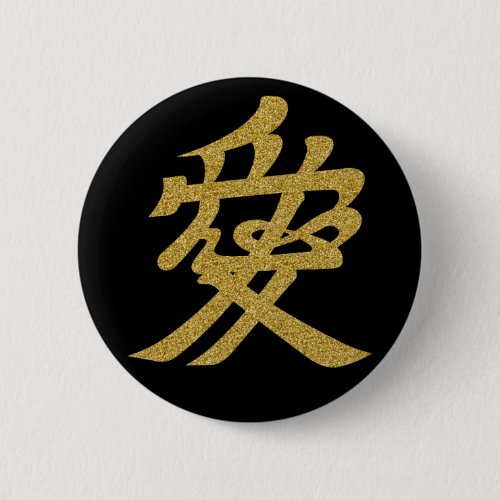
[Family Crests] Naoe Kanetsugu Love Round Button
Japanese says "Kamon". The frontal "Ai (love)" that was attached to the helmet worn by Kanetsugu Naoe during the Warring States period.
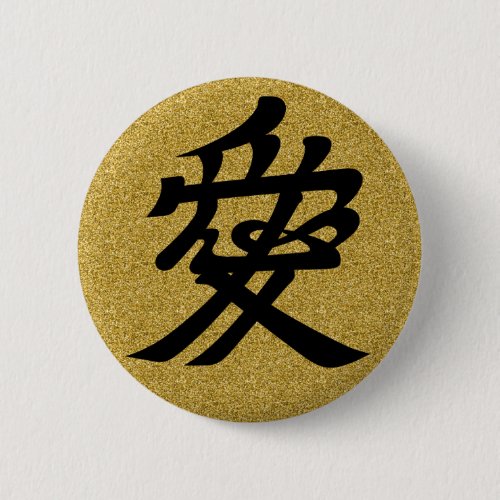
[Family Crests] Naoe Kanetsugu Love Button
Japanese says "Kamon". The frontal "Ai (love)" that was attached to the helmet worn by Kanetsugu Naoe during the Warring States period.
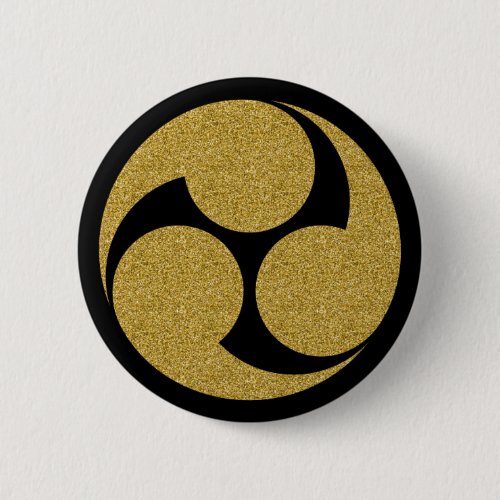
[Family Crests] Left-hand Mitsudomoe Round Button
Japanese says "Kamon". The origin is not clear, but it is often used as a god crest, and it started at Hachiman Shrine and then spread to other shrine

[Family Crests] Left-hand Mitsudomoe Button
Japanese says "Kamon". The origin is not clear, but it is often used as a god crest, and it started at Hachiman Shrine and then spread to other shrine

[Family Crests] 2 hollyhock leaves Round Button
family crests called "Kamon" in Japanese. The crest of Kamigamo Shrine in Kyoto.
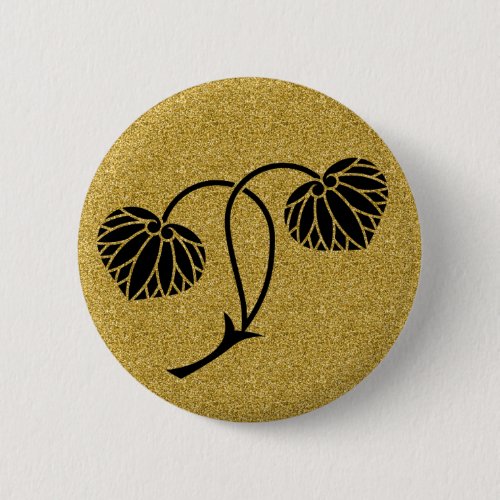
[Family Crests] 2 hollyhock leaves Button
family crests called "Kamon" in Japanese. The crest of Kamigamo Shrine in Kyoto.
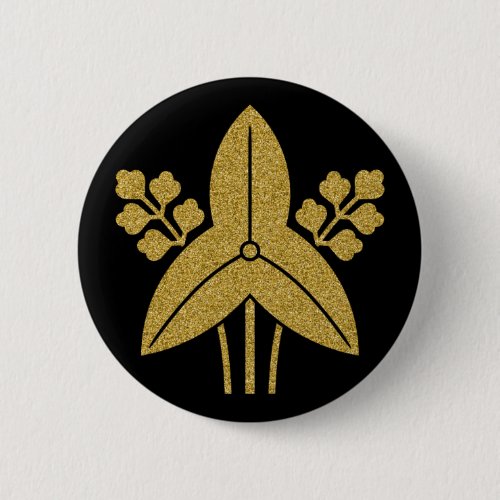
[Family Crests] Sagittaria trifolia Round Button
Japanese says "Kamon". When Toyotomi Hideyoshi was calling himself "Kinoshita Tokichiro," he used "Omodakamon" until he was given
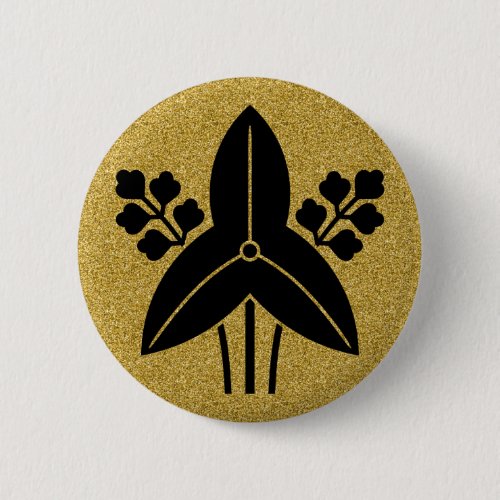
[Family Crests] Sagittaria trifolia Button
Japanese says "Kamon". When Toyotomi Hideyoshi was calling himself "Kinoshita Tokichiro," he used "Omodakamon" until he was given
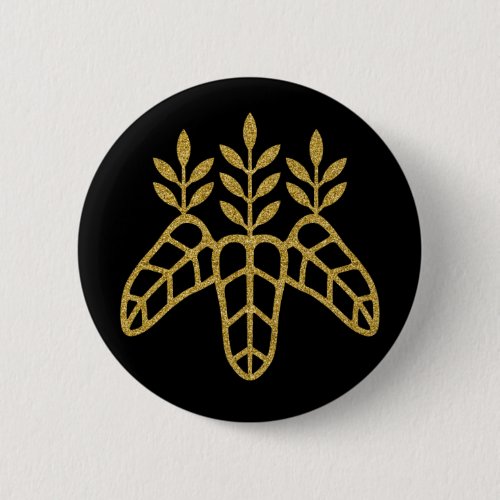
[Family Crests] Taiko Paulownia Round Button
Japanese says "Kamon". The family crest used by Toyotomi Hideyoshi when he was inaugurated as Taiko.

[Family Crests] Taiko Paulownia Button
Japanese says "Kamon". The family crest used by Toyotomi Hideyoshi when he was inaugurated as Taiko.